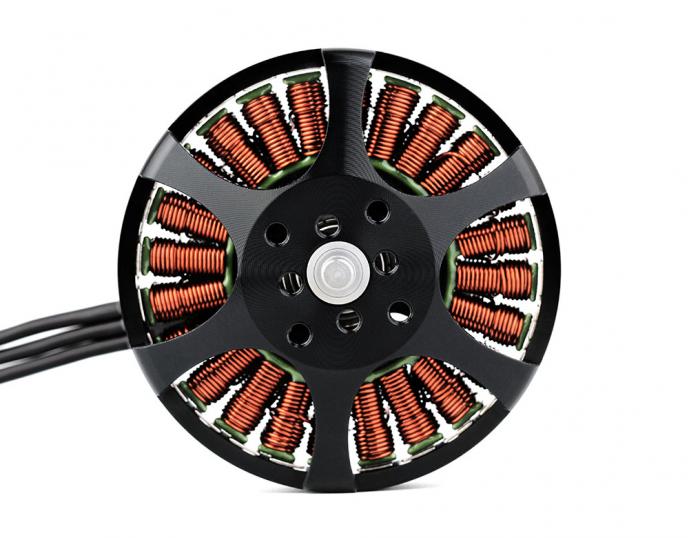- Automobiles & Motorcycles
- Beauty & Personal Care
- Business Services
- Chemicals
- Construction & Real Estate
- Consumer Electronics
- Electrical Equipment & Supplies
- Electronic Components & Supplies
- Energy
- Environment
- Excess Inventory
- Fashion Accessories
- Food & Beverage
- Furniture
- Gifts & Crafts
- Hardware
- Health & Medical
- Home & Garden
- Home Appliances
- Lights & Lighting
- Luggage, Bags & Cases
- Machinery
- Measurement & Analysis Instruments
- Mechanical Parts & Fabrication Services
- Minerals & Metallurgy
- Office & School Supplies
- Packaging & Printing
- Rubber & Plastics
- Security & Protection
- Service Equipment
- Shoes & Accessories
- Sports & Entertainment
- Telecommunications
- Textiles & Leather Products
- Timepieces, Jewelry, Eyewear
- Tools
- Toys & Hobbies
- Transportation
What kind of motor is used in drones?
Drones have taken the world by storm in recent years, captivating both hobbyists and professionals alike. From breathtaking aerial photography to swift package deliveries, these unmanned aerial vehicles (UAVs) have found applications in various industries. But have you ever wondered what makes these drones soar through the skies with such precision and agility? In this article, we delve into the heart of drones to uncover the type of motor that propels them and keeps them aloft.

Drones are equipped with specialized motors designed to provide the thrust and control necessary for flight. These motors play a pivotal role in the overall performance of a drone, influencing factors such as speed, stability, and maneuverability. There are primarily two types of motors used in drones: brushed motors and brushless motors.
1. Brushed Motors: The Workhorse of Early Drones
Brushed motors, also known as DC motors, were the pioneers in the world of drone technology. These motors consist of a rotating armature, or rotor, surrounded by a stationary set of magnets. When electric current flows through the brushes that make contact with the rotor, it generates a magnetic field, causing the rotor to spin. This rotational movement produces thrust and, consequently, lift for the drone.
Despite their initial popularity, brushed motors have several limitations. They are relatively less efficient and tend to wear out faster due to the friction between the brushes and the rotor. This reduced efficiency results in shorter flight times and less power, making them less favorable for modern drones.
2. Brushless Motors: Powering Today's High-Performance Drones
In contrast to brushed motors, brushless motors have become the standard choice for contemporary drones, offering significant advantages in terms of efficiency and durability. These motors operate on a fundamentally different principle.
A brushless motor comprises a set of permanent magnets on the rotor and stationary coils that surround it. Instead of using brushes to create a magnetic field, brushless motors rely on electronic commutation, where the current direction in the coils is controlled electronically. This design eliminates the need for physical brushes, reducing friction and wear.
Advantages of Brushless Motors
a. Enhanced Efficiency: Brushless motors are known for their superior efficiency, resulting in longer flight times and improved battery life. This efficiency is crucial for both recreational and professional drone users, as it allows for extended flight durations and increased productivity.
b. Reduced Maintenance: The absence of brushes in brushless motors translates to reduced maintenance requirements. These motors have a longer lifespan and are less prone to wear and tear, making them a cost-effective choice in the long run.
c. Precise Control: Brushless motors offer precise control over the drone's movements, contributing to stability and maneuverability. This precision is vital for capturing smooth aerial footage and executing complex flight maneuvers.
d. Quieter Operation: Brushless motors are quieter compared to their brushed counterparts, making them a preferred choice for applications where noise is a concern, such as aerial photography and surveillance.
Choosing the Right Motor for Your Drone
Selecting the appropriate motor for your drone depends on your specific requirements and budget. While brushless motors are generally favored for their efficiency and durability, brushed motors still have their place in certain applications, especially among entry-level drone enthusiasts.
When considering which motor to use, factors such as payload capacity, flight time, and desired performance characteristics should be taken into account. It's essential to strike a balance between power and efficiency to optimize your drone's capabilities.
Conclusion
In the ever-evolving world of drone technology, the type of motor used plays a pivotal role in determining a drone's performance. While brushed motors paved the way for UAVs, brushless motors have emerged as the superior choice for modern drones, offering enhanced efficiency, durability, and precision.
Whether you're a hobbyist seeking thrilling aerial adventures or a professional aiming to capture stunning visuals from the sky, understanding the significance of drone motors is crucial. By making an informed choice when it comes to your drone's motor, you can unlock its full potential and elevate your drone experience to new heights.
Previous
If you are interested in sending in a Guest Blogger Submission,welcome to write for us!




Comments
0